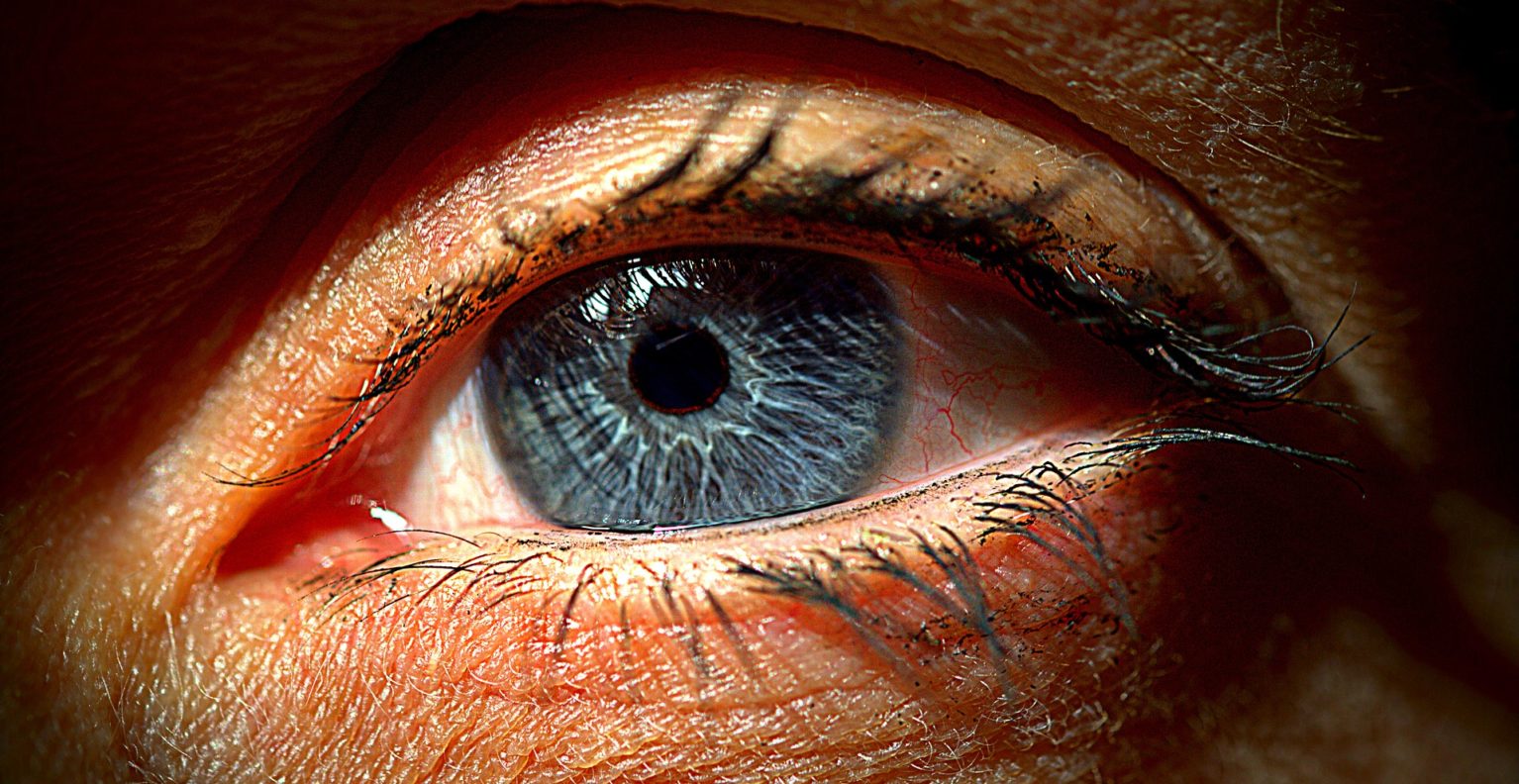The retina is the layer of nerve cells lining the back wall inside the eye. It senses light and sends signals to the brain so you can see. The vitreous is the clear gel that fills the space between the lens and the retina of the eye.
What is a Retinal Detachment?
Retinal detachment occurs when the vitreous jelly pulls away from the retina, and there is a place where the vitreous is tightly stuck to the retina. This traction can cause a retinal tear which can subsequently lead to a retinal detachment.
The vitreous becomes more fluid-like as people age which pulls it away from the retina. This process is called a posterior vitreous detachment (PVD). In the vast majority of cases, this separation does not damage the retina, and no retinal tear occurs even though the patient may experience sudden floaters and light flashes. If a retinal tear is diagnosed early, a retina specialist can often seal the tear with a laser treatment in the office, helping the patient to avoid visual loss.
Trauma can also cause vitreous traction on the retina which can lead to a retinal detachment. Retinal detachments are urgent situations that typically require surgical repair in an operating room. This is as an outpatient procedure performed by an experienced retina surgeon. The good news is the success rate for repair of a recent, uncomplicated retinal detachment approaches 90 percent. If the retina can be repaired before the center of vision is involved, very good post-operative vision is frequently achieved.
Symptoms
Early detection of retinal detachment can save your sight so know the warning signs:
- Flashes of light
- Floaters (cobwebs), especially sudden appearance or worsening
- Loss of field of vision (blind spot or curtain-like shadow)
- A sudden decrease in vision
Risk Factors
In addition, you are at increased risk of developing a retinal detachment if you have any of the following:
- Nearsightedness (myopia)
- Family history of retinal detachment
- Trauma — blunt injury to the eye in the past
- Previous cataract, glaucoma or other eye surgery — approximately one percent of patients who have had cataract surgery ultimately develop a retinal detachment.
- Previous retinal detachment in the other eye
Prevention
You can take the following steps to help prevent retinal tears and detachment:
- Know the warning signs listed above and if you experience any, seek immediate care.
- Wear protective eyewear during sports and other dangerous activities.
- Seek an eye exam if you experience any serious eye injury.
- If you are nearsighted or have a family history of retinal problems, be sure to have regular, dilated eye exams.
To learn more about diagnosis or treatment of retinal tears or detachment, click here.


